This is a variety of antenna wire splices. All of them are stronger than steel core wires I use.
The primary problem with steel core wires is water ingress. Water causes the steel to rust, eventually making the wire fail.
Many wires, in particular fine wires like in stranded copper-steel wires like Wireman stranded ~450 ohm ladder line (advertised as higher impedance, but really less than 400 ohms), have very thin flash coatings. Heat from soldering, or any scraping, will expose the steel core. This will make the wire rapidly rust. Even without heat, the wire will eventually rust through!
This is also true for steel electric fence wire, which usually has a very thin cadmium coating.
Copper Sleeve Splice
This is the most attractive splice, and pulls through most insulators. I cut three inch sections of close-fit copper tubing, and put small pieces of rosin core solder inside.
I crimp the copper near the center to hold the wire in place, and heat the copper with a propane torch. I flood more solder into the ends.
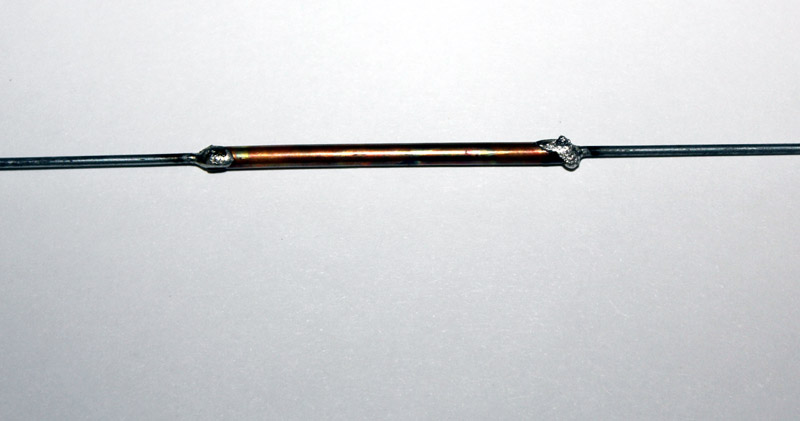
This is a splice after pulling the wire past wire breaking strength.
The advantage of this splice is total sealing of steel ends from moisture.
The disadvantage is obtaining properly sized copper tubing, and having to saw the tubing to length with a band saw, to avoid closing the tube ends.
Butt Splices
Heavy butt splices are strong enough, if the wires are overlaid through the splice and the splice is crimped and flooded. Again to avoid removing thin wire coatings, apply all heat directly to the splice and flood the splice. This splice does not seal wire ends, so leave a long overlap.

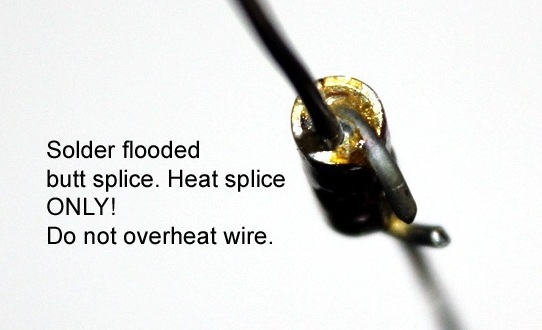
Modified Western Union Splice
For rapid heatless splicing, a modified Western Union splice works well. It easily can hold more than the wire breaking strength. The key to this is twisting the free ends. It can also be soldered by heating, provided the wire is not overheated in the process, but has always made a very good connection without solder for me. The key to a good connection is tight twisting and high tension on the wire.

I clean wires with a rag and automotive scratch removing compound, or burnish with an ink eraser.
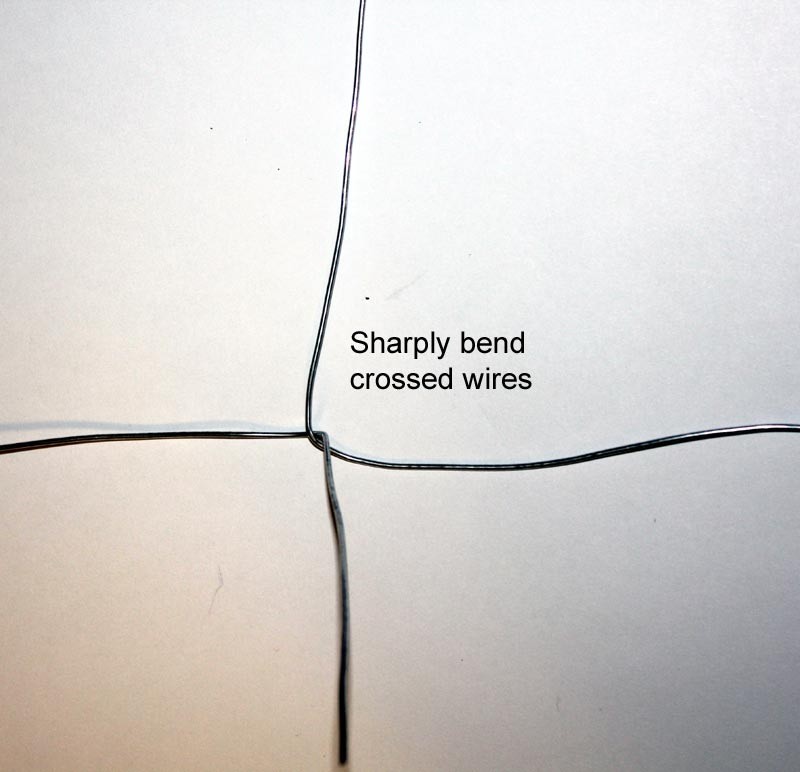
Sharply bend the wires by hand at the starting point of wrap.
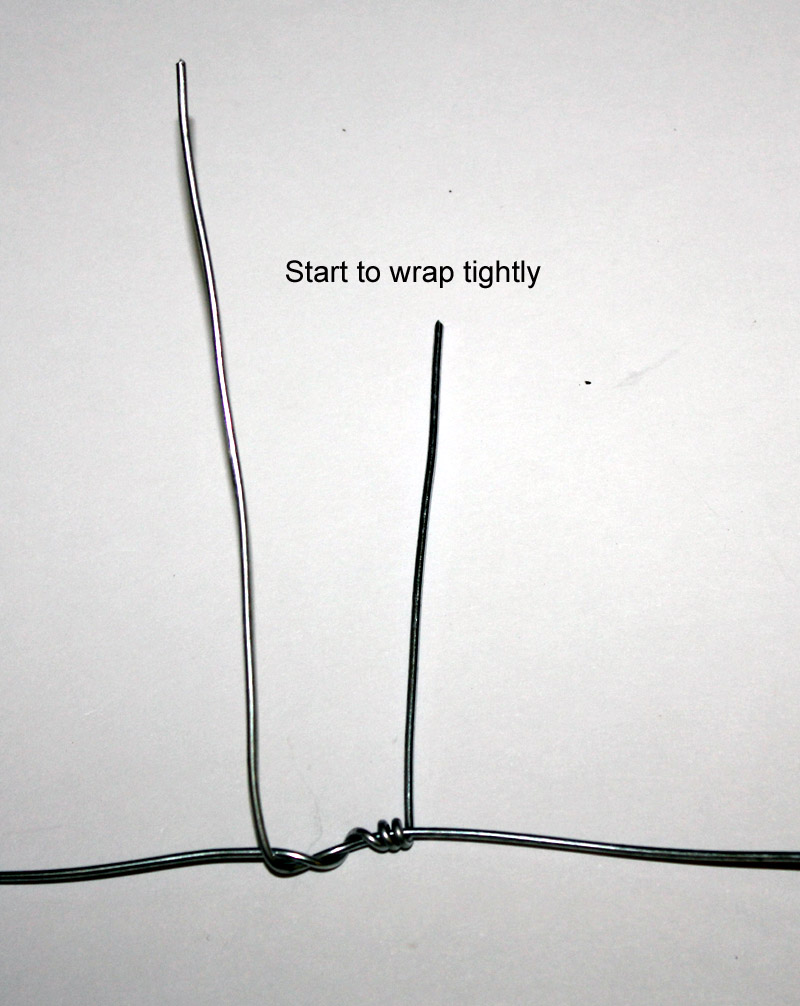
Wrap the wires tightly by hand, using the long ends as a lever.
Keep the wire turns butted tightly against each other.
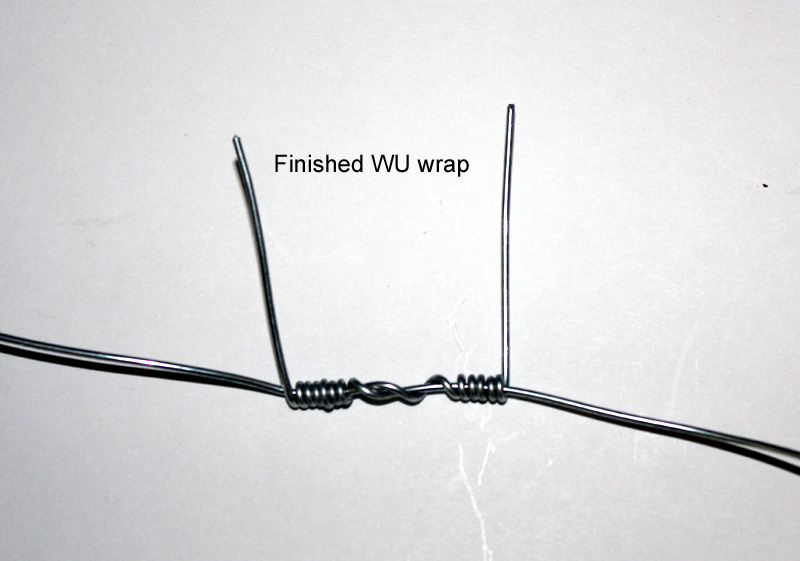
This is a finished wire splice WU or lineman's wrap.
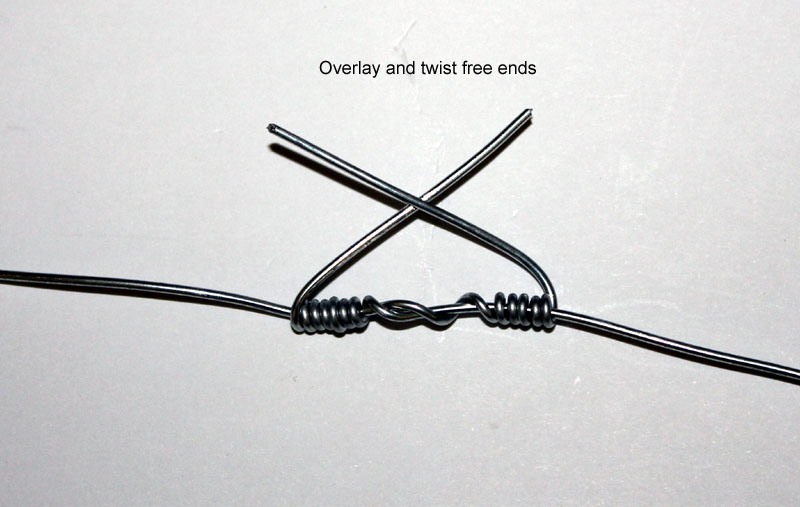
Although it looks ugly, I added an additional step. This step is critical for maximum strength. It prevents the wire splice from unwrapping and pulling apart.
This single step will be the difference between a splice failure under severe mechanical load, and having a splice stronger than the actual wire strength.
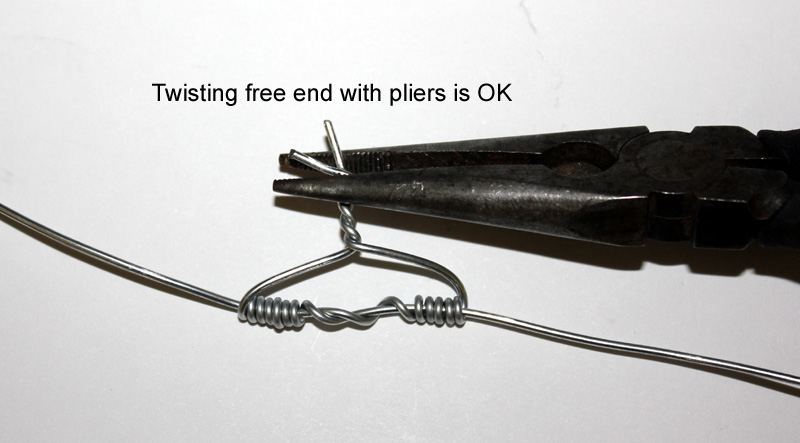
If the wires scratch out here, it takes a long time for rust to work through the splice. The end can be coated with a layer of any type RTV.
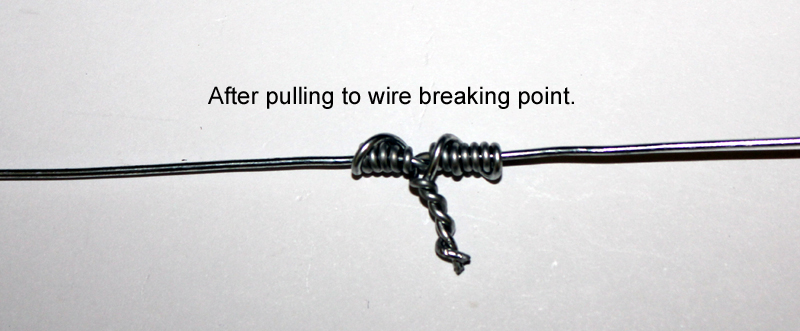
This is the splice above, after the wire was tested by pulling until the wire broke. The splice did not fail, and I have never had one fail in the field.
Pliers marks are visible on the twisted end. That is a point that would eventually rust, if not coated.